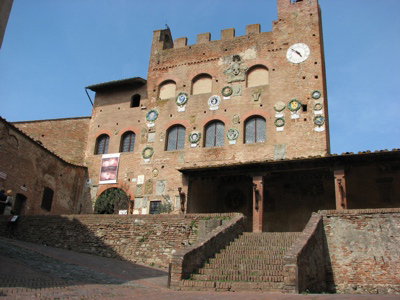Last week a new friend, Anne, wrote a comment in our blog requesting some info on Cantagalli.
 I found the post very intriguing for a number of reasons.
I found the post very intriguing for a number of reasons.
First of all, I wondered why Cantagalli is so popular in UK and US, while he never reached the same star status here in Italy.
Secondly, I was puzzled by the quantity of ceramic works marked Cantagalli that are available over the Internet.
Lastly, it made me want to investigate on Cantagalli’s version of Della Robbia’s terracottas.
I made some research and I noticed that there is not much info handy on the subject on the web… So I went through my books and art magazines and I found some interesting facts.
That gave me the idea to reply to Anne’s question with an article that can be useful to collector’s who love the magic cockerel but do not know much about his father: Ulisse Cantagalli.
About Ulisse Cantagalli
Ulisse Cantagalli was a superb artist and an even better businessman.
Not much of him is known before 1878 when he took over the family factory in Florence and started to produce highly decorative Italian ceramics in the Renaissance style. At the time the taste for this kind of pottery was a very hot trend in the English speaking countries.
Continue reading








